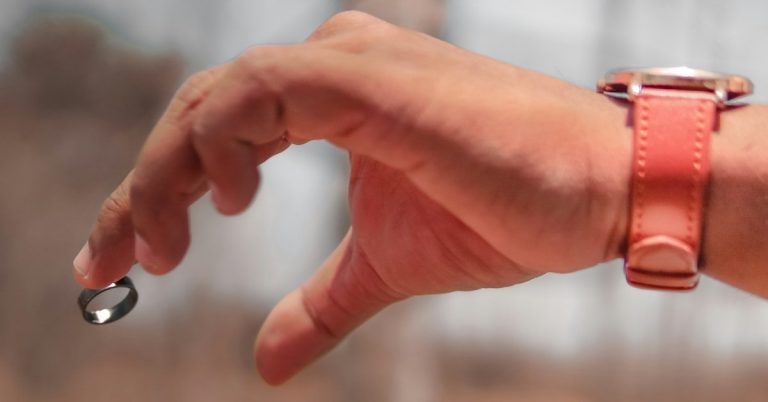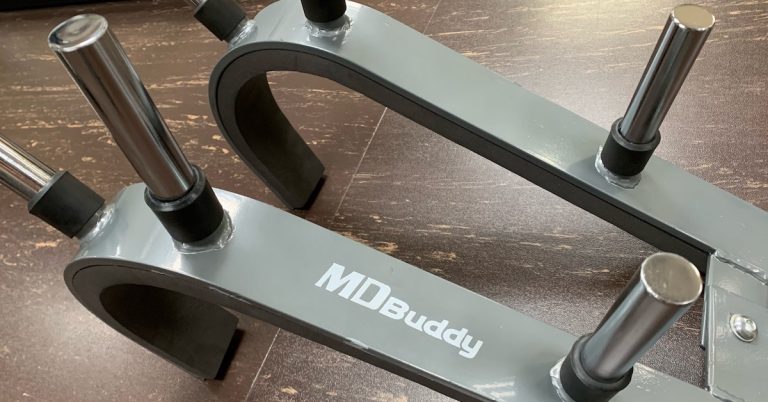Stretching can be used as a diagnostic to test for possible impingement of spinal nerves. Straight leg raising, for instance, is often performed to stretch the hamstrings and calves, but it can also test for sciatic nerve irritation as outlined in the text Modern Principles of Athletic Training by Daniel Arnheim.
“Straight leg raising (affected side): With the athlete lying flat on the table, the leg on the affected side is lifted by the heel as far as possible. If the test is positive, the athlete feels pain radiating down the leg as well as in the low back region. To confirm that pain stems from a nerve root involvement and not hamstring tightness, the leg is lowered to a point at which pain ceases. In this position the foot is then dorsiflexed and the neck flexed. If pain returns, it’s a verification of a pathological condition of the nerve root.
Straight leg raising (unaffected side): The examiner raises the athlete’s unaffected leg. If pain occurs in the low back on the affected side as well as radiating along the sciatic nerve, this provides additional proof of nerve root inflammation.”
For more information on how to perform this test along with several treatment options, check out Stretch for Strength.

The DIY 3-Ingredient Skin Elixir
If you’re looking for one of the most powerful anti-aging skin creams on the market, look no further. You can

Why I Retired My Oura Ring: Navigating the Pitfalls of Orthosomnia and Wearable Tech
In the quest for optimal health, many of us turn to technology for insights, and the Oura Ring has been

Meet my New Fitness Buddy
The front squat is a fundamental exercise that everyone should incorporate into their routine, yet not everyone can execute it
follow
Error: No feed with the ID 2 found.
Please go to the Instagram Feed settings page to create a feed.
